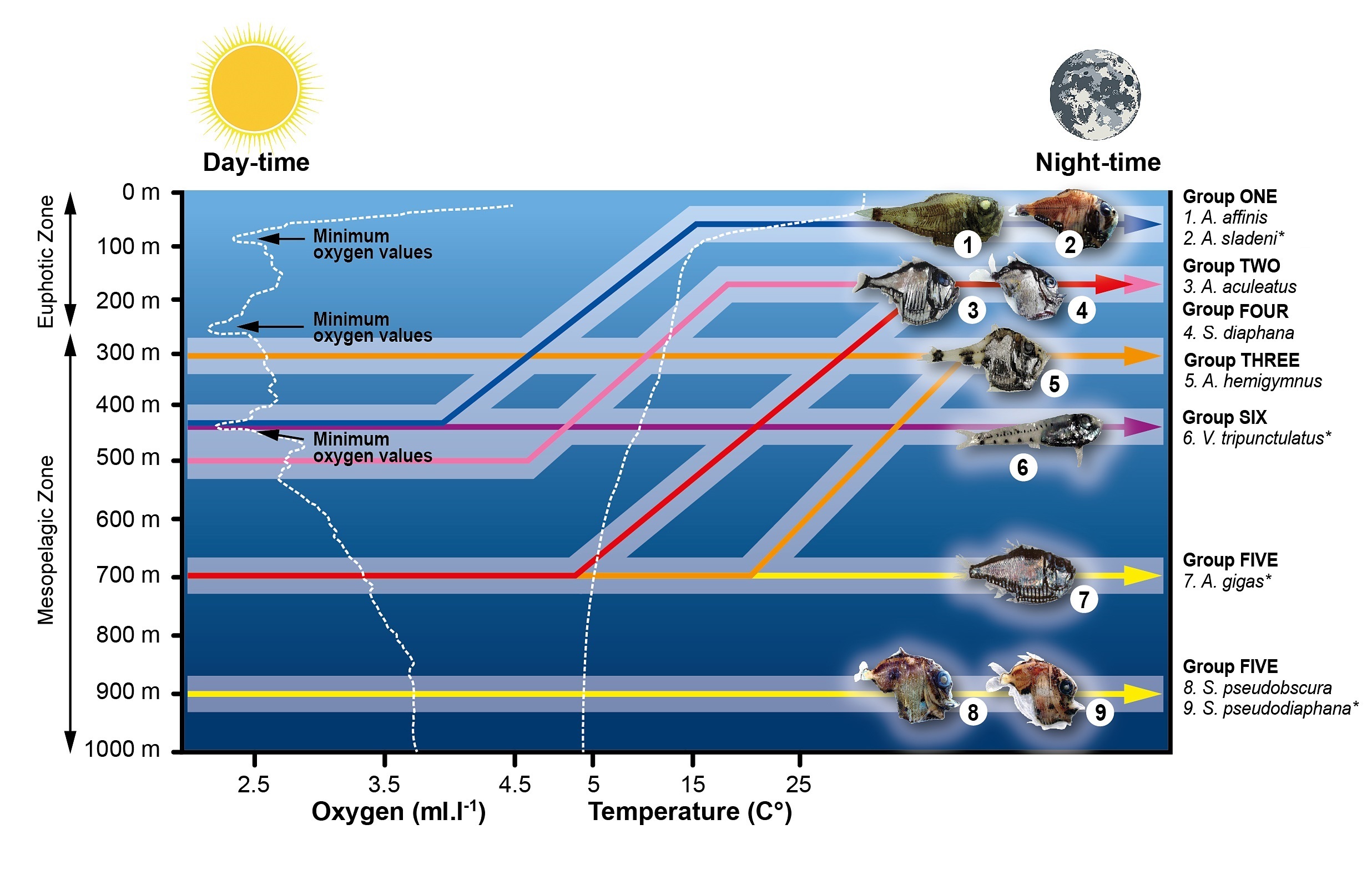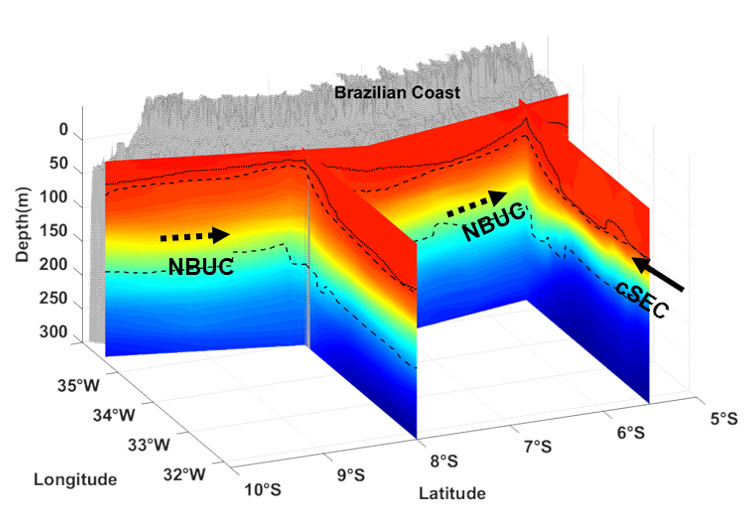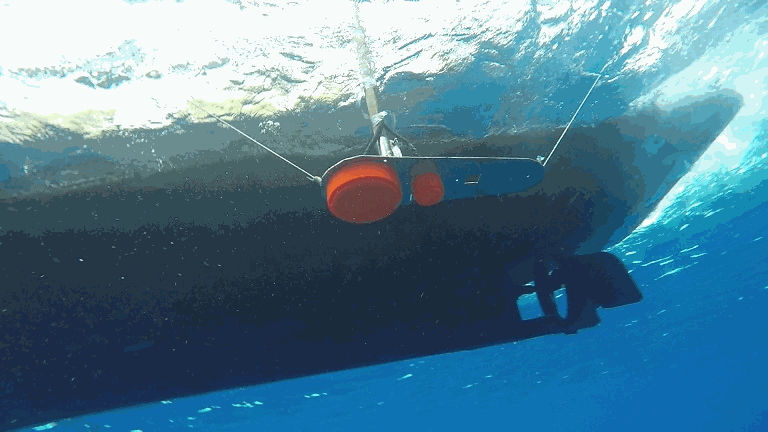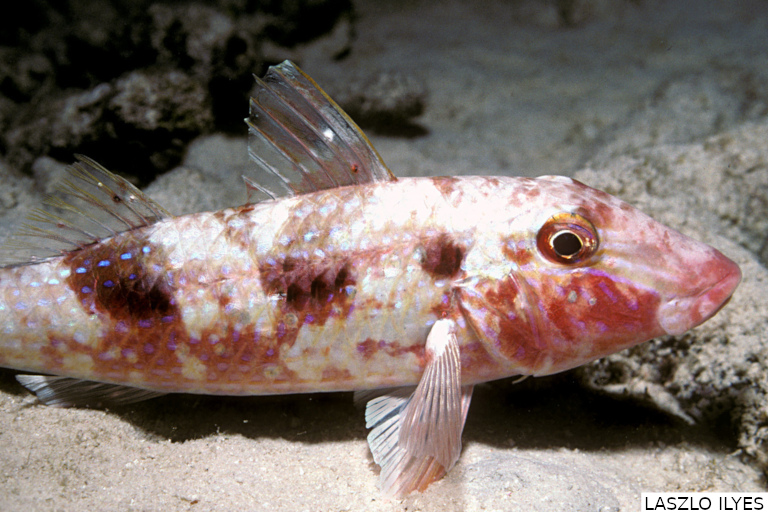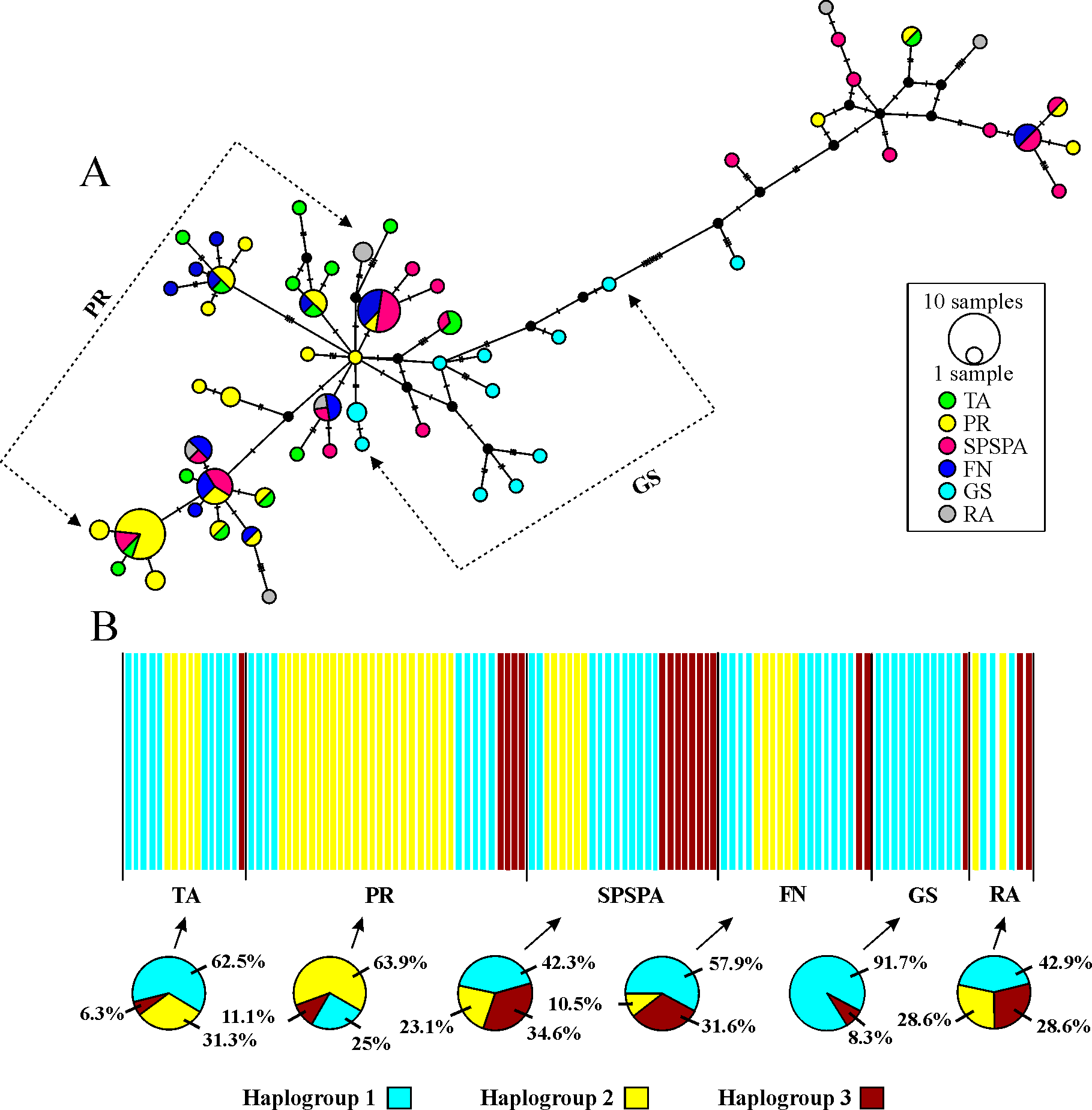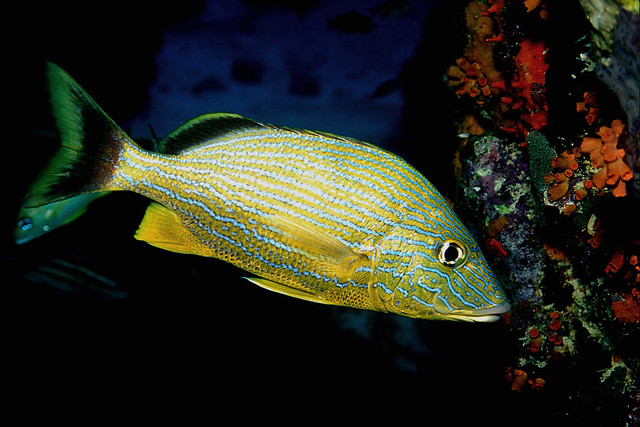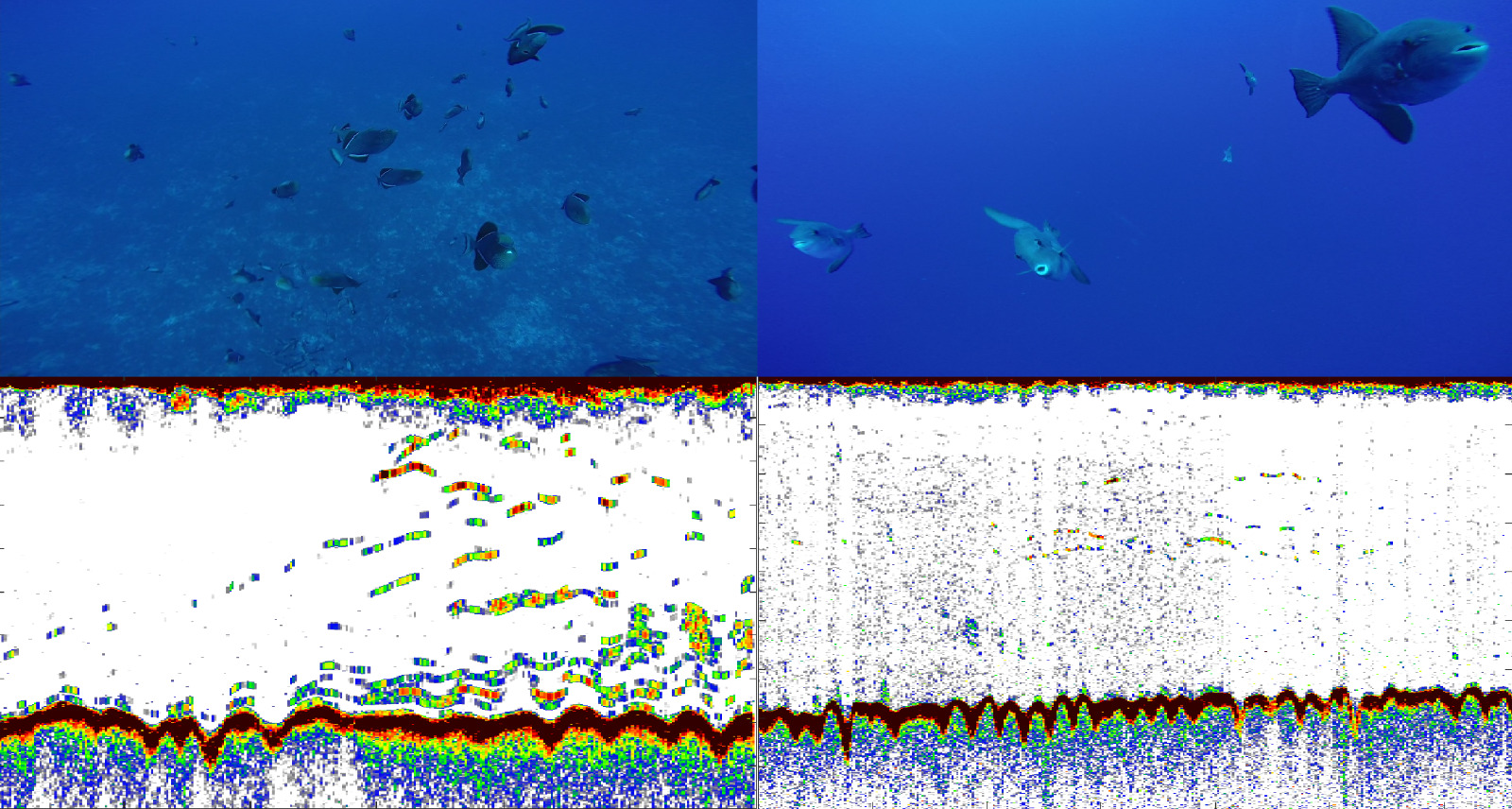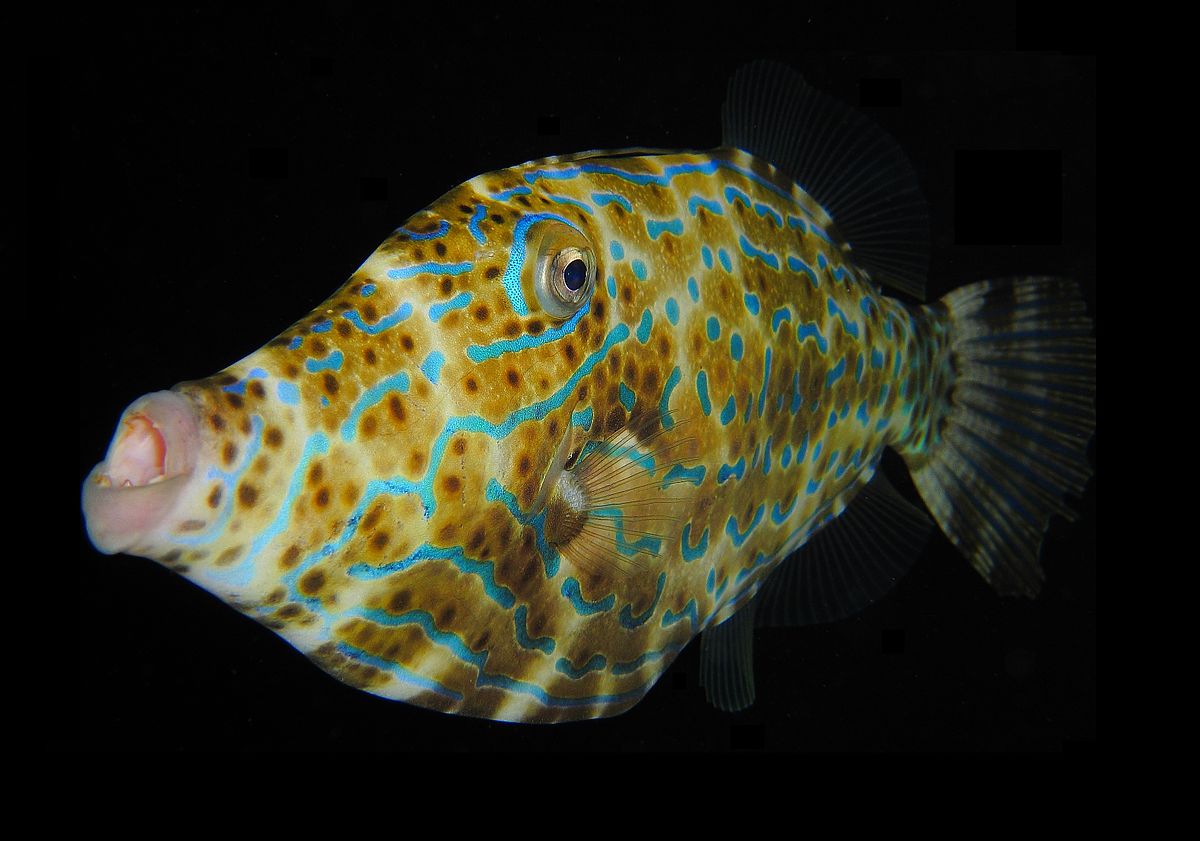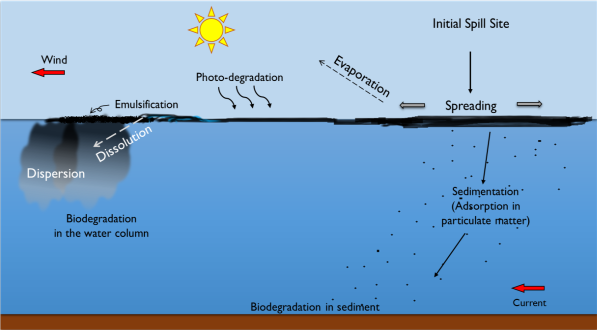Species of the family Sternoptychidae (hatchetfishes) occur worldwide and play critical roles by sequestering carbon, recycling nutrients, and acting as a key trophic link between
The dynamic of the thermohaline structure of the upper ocean, which depends on ocean–atmosphere interactions, drives most near surface oceanic processes, including the control of
Date: 2020 Temporal extent: 2017-09-15 -2019-04-22 Author(s): Bertrand Arnaud1, Salvetat Julie1, 4, Habasque Jérémie2, Travassos Paulo4, Assuncao Ramilla3,Queiroz Syumara3, Lopes Cristiano4, Lebourges-Dhaussy Anne2 Publisher: SEANOE
The spotted goatfish, Pseudupeneus maculatus, is an important fish resource of northeast Brazil, being also a crucial component of the biodiversity. This fish is also
The phylogeography of the holoplanktonic chaetognath Flaccisagitta enflata was investigated in the Tropical Western Atlantic (TWA). Considering the cosmopolitan range of this species and the
Highlights Haemulidae are broadly distributed through Northeast coast of Brazil due to the complex habitat presents in this region. H. plumierii, H. aurolineatum and H.
Triggerfish are widely distributed in tropical waters where they play an important ecological role. The black triggerfish Melichthys niger may be the dominant species around
1. Tetraodontiformes fishes play a critical role in benthic and demersal communities and are facing threats due to anthropogenic impacts and climate change. However, they
In this work we coupled the Ocean Modelling System – ROMS Regional Oceanic Circulation model with the MEDSLIK-II hydrocarbon dispersion model to simulate the evolution
This study reports the occurrence of the oceanic basslet (Howellidae) in Brazilian waters. Bathysphyraenops simplex Parr, 1933, a rare species with a worldwide distribution, is



